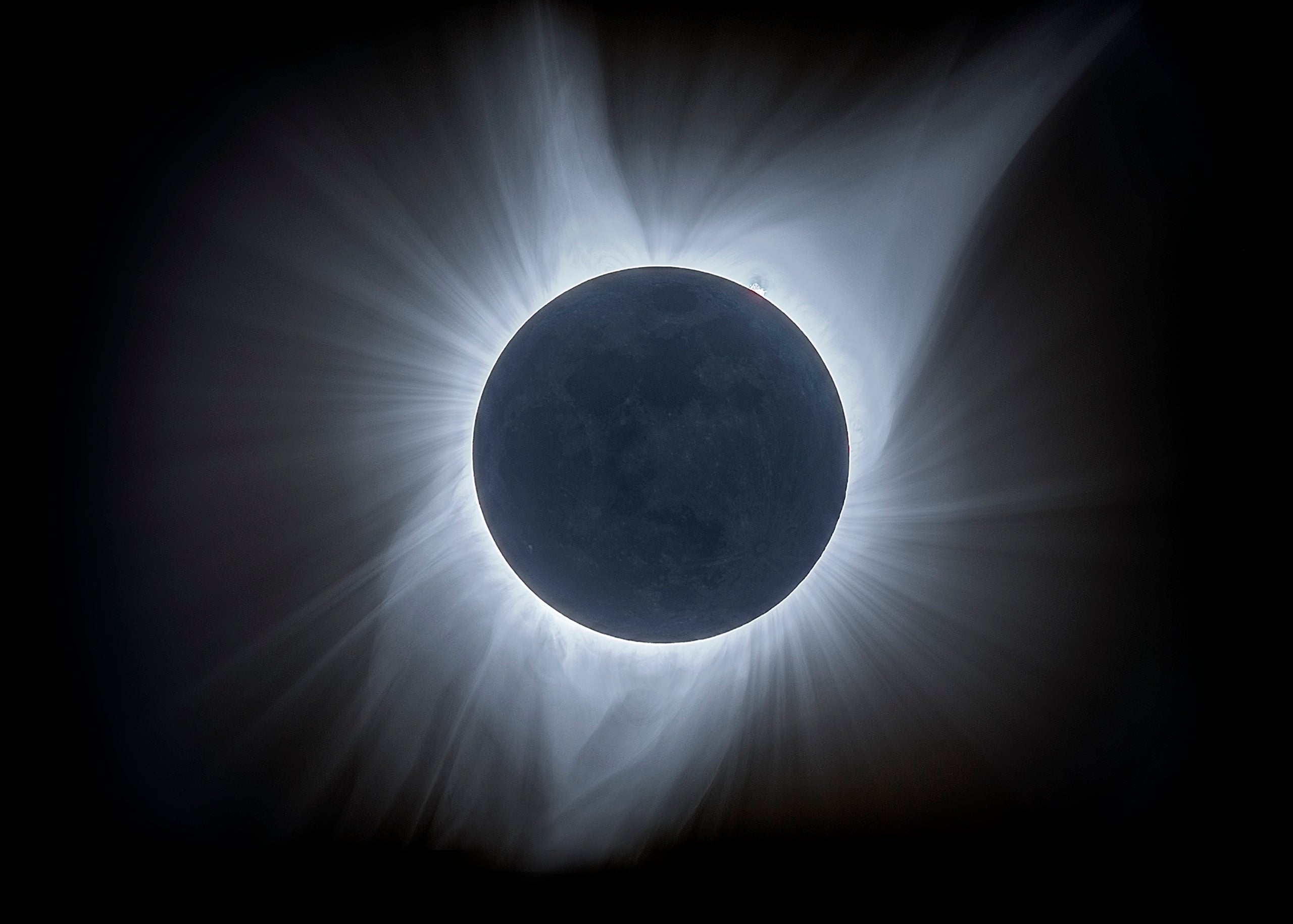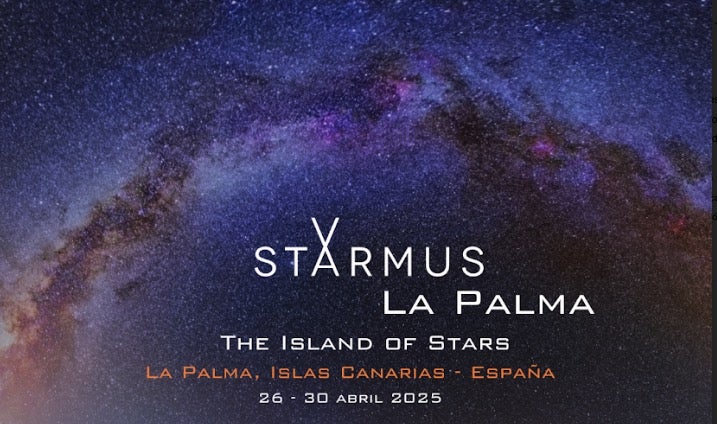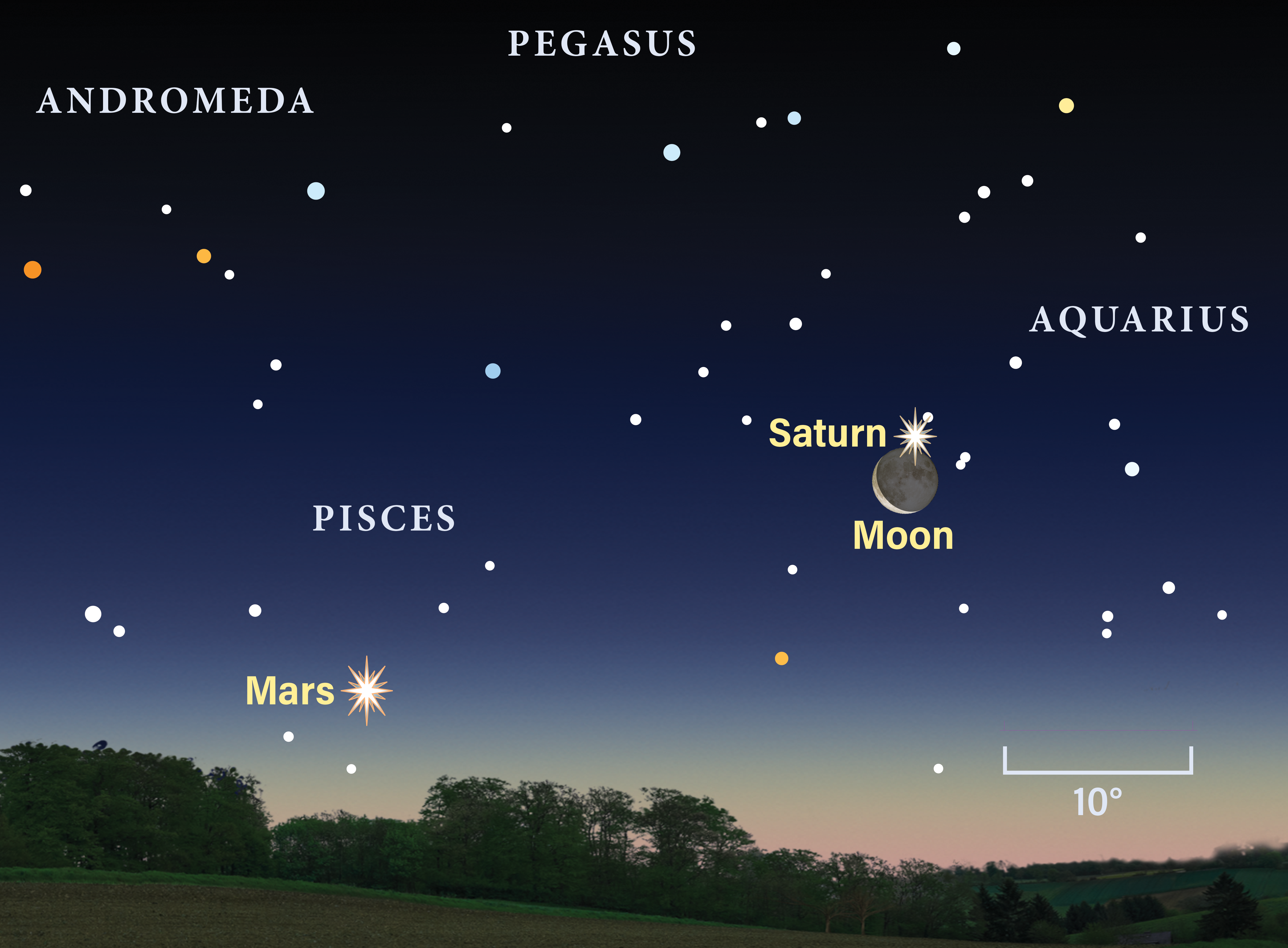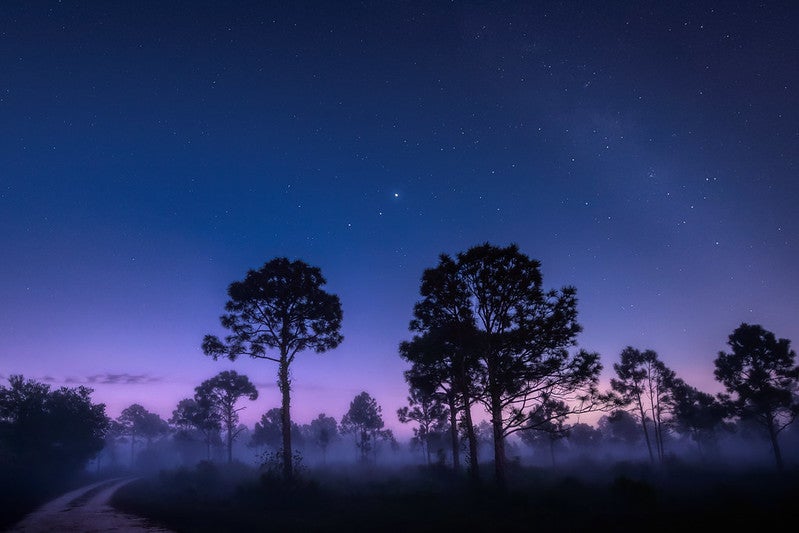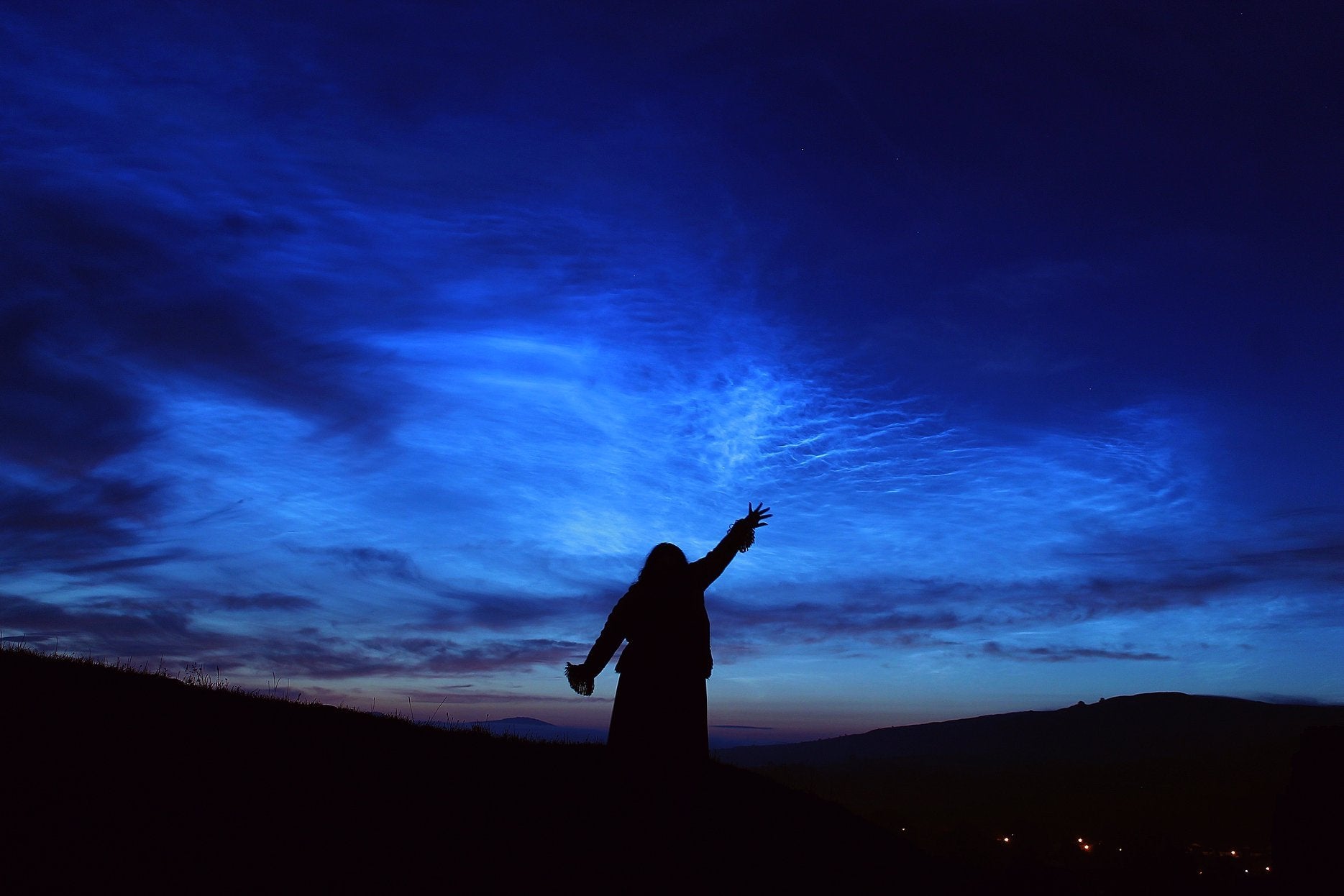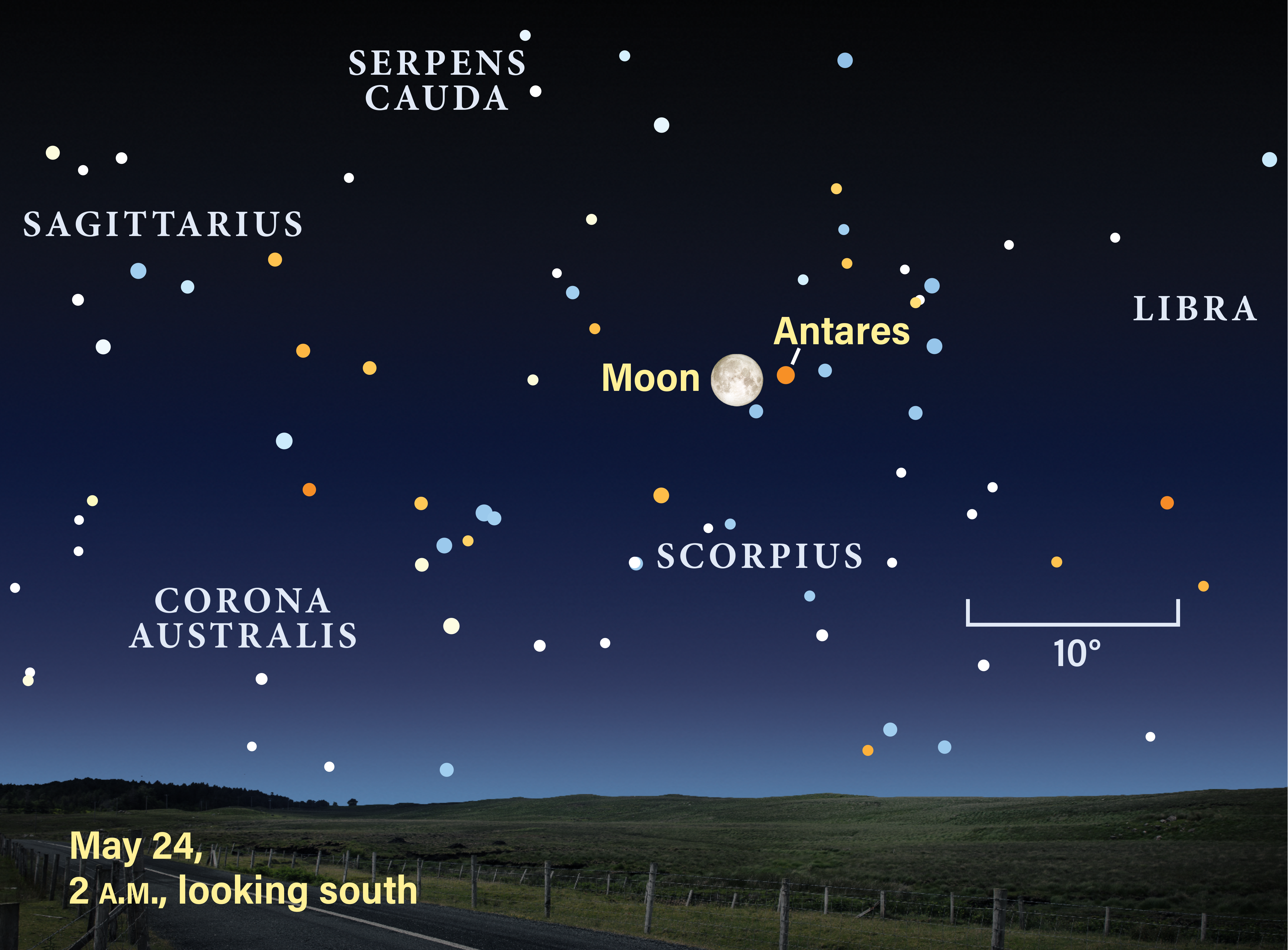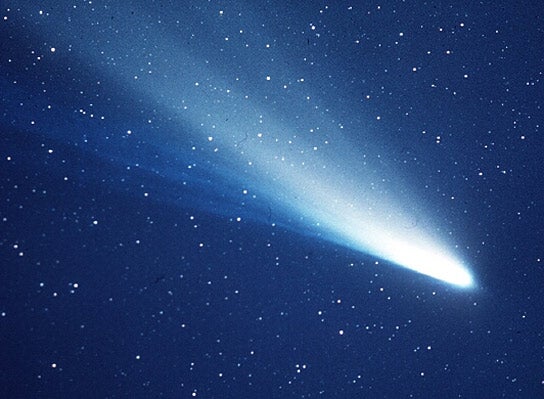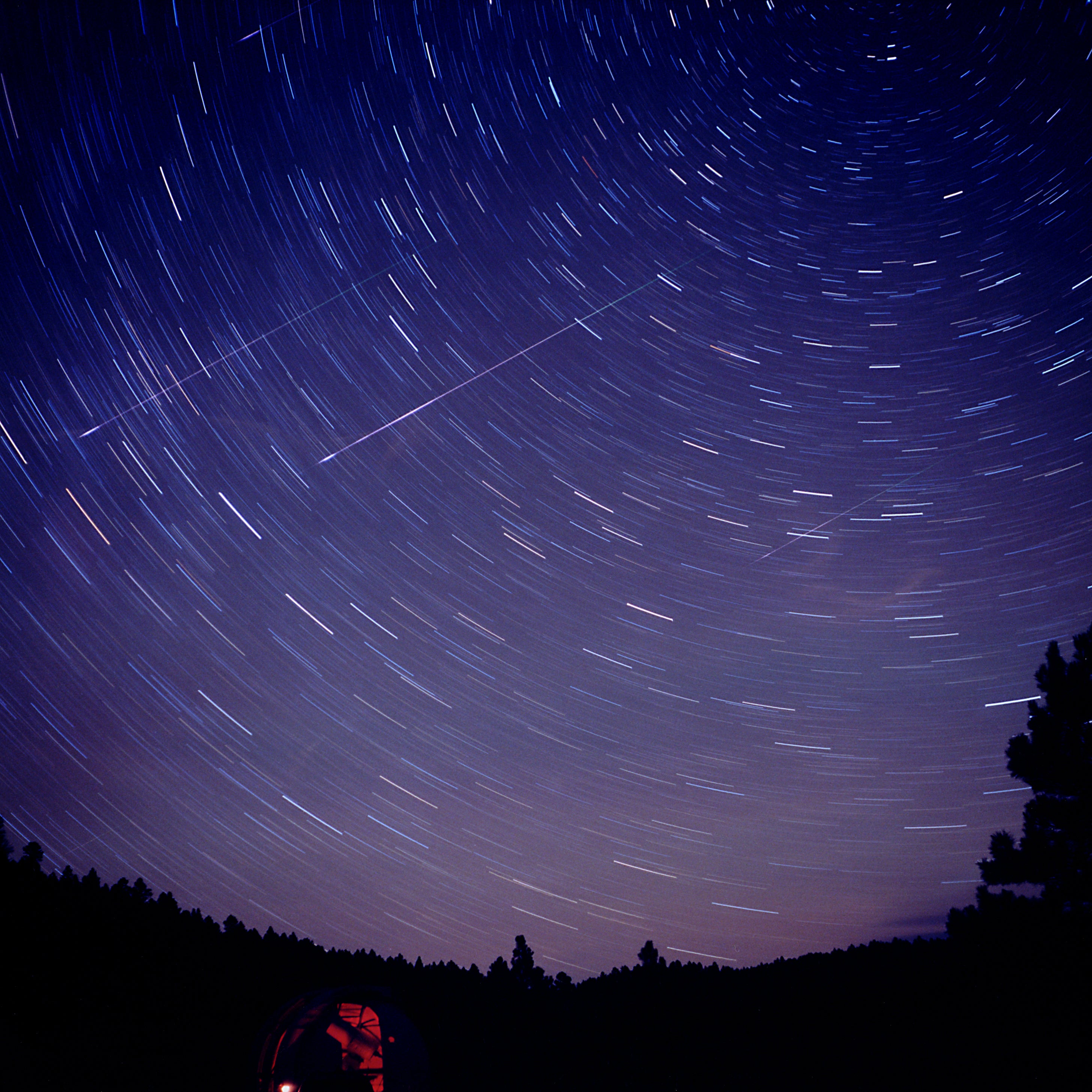
One of the best meteor showers of the year is upon us — the Leonids. Named because they seem to radiate from a point in the constellation Leo, they will peak on Friday night and early Saturday morning, Nov. 17/18.
The best time to view them will be between midnight and 4 A.M., when the Earth is rotating into the stream of dust that produces the Leonids.
That river of particles is replenished by Comet 55P/Tempel-Tuttle, a comet that swings through the inner solar system every 33 years, leaving a trail of dust in its wake. Compared to most bodies in the solar system, Tempel-Tuttle orbits backwards. This makes these meteors particularly quick, as the dust particles impact Earth at speeds of around 160,000 mph (258,000 km/h).
From a dark-sky site, there should be at least 10 good meteors per hour, but the Leonids are highly variable and sometimes produce a dazzling meteor storm. It all depends on how dense the dust stream happens to be where Earth passes through it.
You won’t need a telescope to see the Leonids — all you have to do is look up. However, you might want to bring a pair of binoculars to inspect any glowing “trains” left behind by any fireballs.
Follow Astronomy magazine, the world’s best-selling astronomy magazine:
🌎 Website: https://astronomy.com
📖 Subscribe: http://subscribe.astronomy.com
📘 Facebook: https://www.facebook.com/AstronomyMagazine
📸 Instagram: https://instagram.com/astronomy.magazine
🐦 Twitter: https://twitter.com/AstronomyMag
Shop Celestron telescopes:
🔭 Website: https://celestron.com
Follow Dave Eicher:
📘 Facebook: https://www.facebook.com/davidjohneicher
📸 Instagram: https://instagram.com/eicher.david
🐦 Twitter: https://twitter.com/deicherstar

